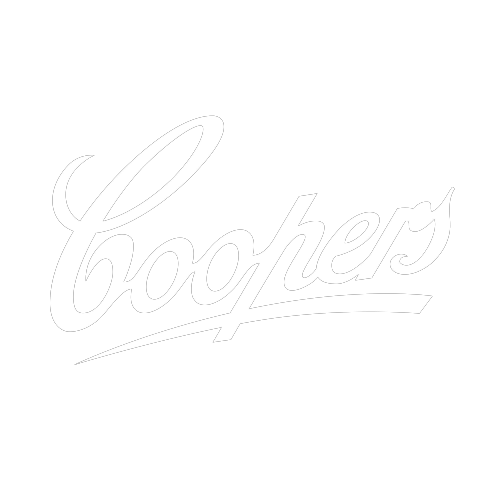Ryan Presley
Prosperity
24 March–28 April 201824 Mar–28 Apr 2018
#RyanPresley
Representation and exchange are central to Ryan Presley’s solo exhibition, Prosperity. Two bodies of work explore these ideas. The first is Blood Money, a series of paintings Presley has been producing since 2010. In these richly-layered watercolours, he reimagines the heroes and warriors of Aboriginal history—including Pemulwuy, Dundalli, and Oodgeroo Noonuccal—as the figureheads on Australian banknotes as The second is a participatory currency exchange the artist has staged for the duration of the exhibition, wherein visitors are invited to convert Australian dollars (AUD) into Blood Money currency (BMD). In the artist’s words, the works together explore ‘contemporary Australian history through the lens of important and notable Aboriginal people and their experiences of dispossession, oppression and the oft suppression of their legacies’.
Inventor and important literary figure, David Unaipon, who appears on the $50 banknote, is the only Aboriginal person featured on Australian currency to date. Since the 1960s, some banknotes have included Indigenous art, but typically the Reserve Bank Australia (RBA) has used fragmented motifs for ornamentation and background patterning. Financial systems underpin social and civil advancement to the extent that capitalism persists as the cornerstone of Western social progress, democracy, and self-determination. The sovereign figurehead is just one symptom of this. Prosperity reminds us that this Western narrative has been built on the exclusion of Aboriginal economies, not just by taking the form of currency, but also by asserting the continually overlooked Aboriginal systems of trade, agriculture, and warfare (see for example, the stories of Bembulwoyan, Dundalli, and Truganini) that both predate and were concurrent with colonial ones. Others celebrate cultural achievements, of language, song, poetry, and art. Contemporary Australian banknotes similarly elevate the achievements of white cultural figures, such as Dame Mary Gilmore, Dame Nellie Melba, and AB ‘Banjo’ Paterson. The issue of sovereignty, a concept nearly impossible to conceive of without financial systems—such that new coinage and banknotes go hand-in-hand with invasion—runs throughout the series, with resistance leaders such as Fanny Balbuk imagined in the position of sovereign.
Ryan Presley: Prosperity was curated by the IMA’s Assistant Director Madeleine King, and is accompanied by a new publication. It will be restaged at Melbourne Art Week in August 2018. It is supported by the Australia Council for the Arts and Arts Queensland.
![]()
Curated By
- Madeleine King
Ryan Presley was born in 1987 in Alice Springs, and currently lives and works in Meanjin/Brisbane. His father’s family is Marri Ngarr and originate from the Moyle River region in the Northern Territory. His mother’s family were Scandinavian immigrants to Australia. His work has been included in Just Not Australian, Artspace (2019); Trade Markings (Frontier Imaginaries Ed No. 5), Van Abbemuseum, Netherlands (2018); Primavera, Museum of Contemporary Art (2018); 2016 Telstra National Aboriginal and Torres Strait Islander Art Awards, Darwin; and 2016 Tarrawarra Biennial.















